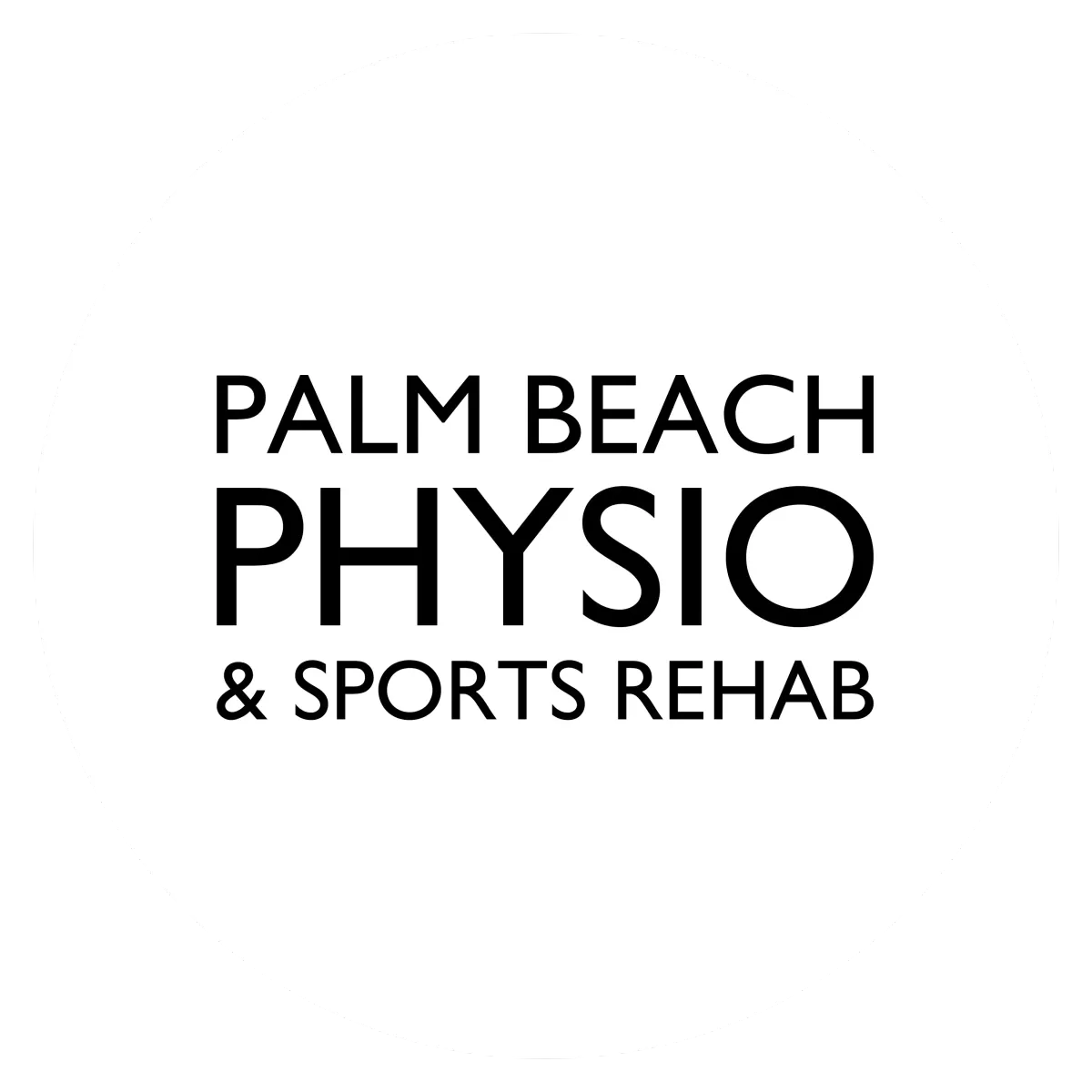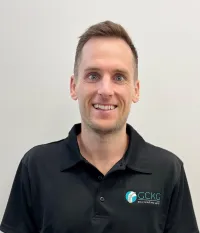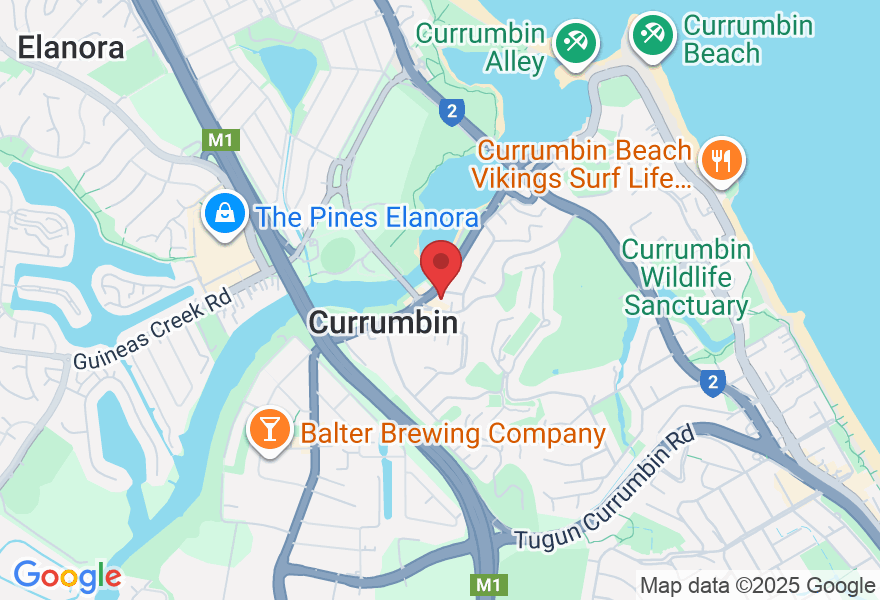WELCOME TO
Patient Resources

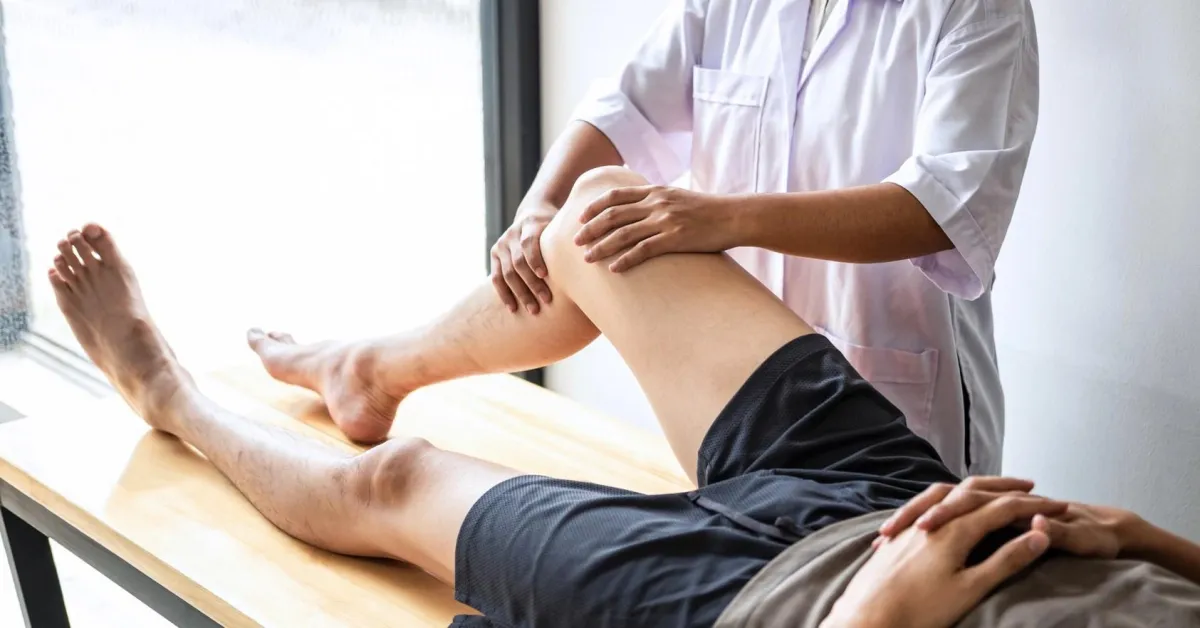
Torn ACL? Learn About the Bracing Method That Helps Healing Without Surgery
What to Do After an ACL Injury – Part 1: A New Way to Heal
(Part 1 of 3 in our ACL Recovery Series)
If you’ve injured your knee and think it might be a torn ACL, you’re not alone. ACL injuries are common, especially in sports, and many people feel scared and confused about what to do next.
At Gold Coast Knee Group, we’ve helped hundreds of people recover after ACL injuries. This blog series will guide you through ACL injury recovery and explain the latest options available—including non-surgical ACL recovery methods.
Let’s start by learning about an exciting new approach: The Cross Bracing Method.
What is the ACL?
Your ACL (anterior cruciate ligament) is a strong band inside your knee. It helps keep your knee stable when you move, especially when jumping or turning.
ACL injuries usually happen during sports, a fall, or an accident. One moment you're moving, and then—pop! Your knee gives way. Swelling and pain follow soon after.
After a Torn ACL: What Happens Next?
At first, many people think their injury is just a sprain or bruise. But a torn ACL is serious and needs the right care. You might wonder:
What are my torn ACL treatment options?
Will I need surgery?
Can my ACL heal on its own?
The good news is: There are three main options for treating an ACL tear—and one of them doesn’t involve surgery at all.
Your 3 Torn ACL Treatment Options
Right now, patients can choose from:
The Cross Bracing Method – a new ACL bracing method that helps the ligament heal naturally.
Rehabilitation Only – physiotherapy and exercises, with the option to have surgery later if needed.
Early Surgery – traditional ACL reconstruction soon after the injury.
In this article, we’ll focus on Option 1: The Cross Bracing Method.
What Is the Cross Bracing Method?
The Cross Bracing Method is a newer treatment for ACL injuries, developed in Sydney in 2014 by Dr. Merv Cross and his son, Dr. Tom Cross. It’s designed to help the torn ACL heal without surgery by placing the knee in a special brace.
The knee is held at a 90-degree angle for a few weeks (depending on the protocol), helping the torn ligament come back together—just like putting a cast on a broken bone.
In a study of 80 patients, over 90% showed healing. More than 900 people have now completed this method. It’s a game-changer in ACL healing without surgery.
How Does the ACL Bracing Method Work?
You wear a brace that keeps your knee bent for 4 weeks.
Over the next 4–8 weeks, you slowly increase movement.
At 12 weeks, you get a follow-up MRI to check if the ACL is healing.
Some patients may use a 6, 8, or 12-week protocol, depending on their injury. The Cross Bracing Team had just released an excellent website - healacl.com - which has a lot of information on each of the protocols and how it works.
Who Can Try This Non-Surgical ACL Recovery Option?
Not everyone can try this method. It works best when:
The ACL tear is close to the top (proximal).
The torn ends are close together.
The injury is less than 7–10 days old.
A trained sports doctor will review your MRI to see if the ACL bracing method is right for you. The sooner you’re seen, the better your chances.
Pros and Cons of the Cross Bracing Method
✅ Pros:
Possible natural healing of your own ACL
Avoids surgery and surgical risks (pain, infection, scarring)
Less pain in the first few weeks
Lower cost
You can still choose surgery later if needed
⚠️ Cons:
Wearing a brace for up to 12 weeks can be uncomfortable
You might not be able to drive if it’s your right knee
Some muscles may get weaker from not moving
Healing might not be perfect for everyone
May take longer to return to sport
Long-term data (5–10 years) is still limited
What Happens After the Brace?
With a strong rehab plan, most people recover well. Many return to sports around the same time as after surgery.
We’ve helped athletes get back to soccer, skateboarding, surfing and many other sports using this method. Early MRIs show the healed ACL can look and function like a normal one.
What Should I Do If I Think I Tore My ACL?
If you hurt your knee recently (within 7–10 days) and think it could be your ACL:
Don’t try to force it straight.
Don’t test it yourself.
Go see a doctor or physiotherapist quickly.
Ask for:
An urgent MRI (and X-ray if needed)
A brace that keeps your knee bent between 30–90 degrees
Crutches to protect your knee
Gentle leg exercises to prevent blood clots
Pain relief (but avoid anti-inflammatories unless told otherwise)
This doesn’t mean you have to choose the Cross Bracing Method. But knowing your options helps you make the best choice for your recovery.
Wrapping Up
The Cross Bracing Method is changing the way we approach ACL injuries, offering a promising non-surgical alternative for the right candidates.
While it’s not suitable for everyone, early results show that many people can heal their ACL naturally and return to an active lifestyle. If you’ve recently injured your knee, acting quickly is key—getting an MRI and consulting a sports doctor will help determine the best path for your recovery.
Whether through bracing, rehab, or surgery, the goal is the same: to get you back to doing what you love, safely and confidently.
Yours in knee health,
Dr Adam Walker
Director and Head of Rehabilitation
P.S If you are interested in a Physiotherapy consultation, please contact us, and we would love to speak with you. No obligations, just a helpful discussion on how to get Healthy Knees.
🙋 FAQs: Common Questions About ACL Injury Recovery
Can a torn ACL heal without surgery?
Yes, in some cases. The Cross Bracing Method is a new way to help certain ACL tears heal naturally if treated early.How soon should I see a doctor after an ACL injury?
Within 7–10 days. The earlier you get checked, the more treatment options you’ll have.Is the Cross Bracing Method painful?
Most people feel less pain than after surgery. The brace can be uncomfortable at first, but many manage it well with support.Can I return to sport with this method?
Yes! Many patients return to sport around the same time as those who have surgery—if the ACL heals well and rehab is followed closely.What if the Cross Bracing Method doesn’t work?
Surgery is still an option later. The brace doesn’t close the door to other treatments—it just gives you another path to try first.
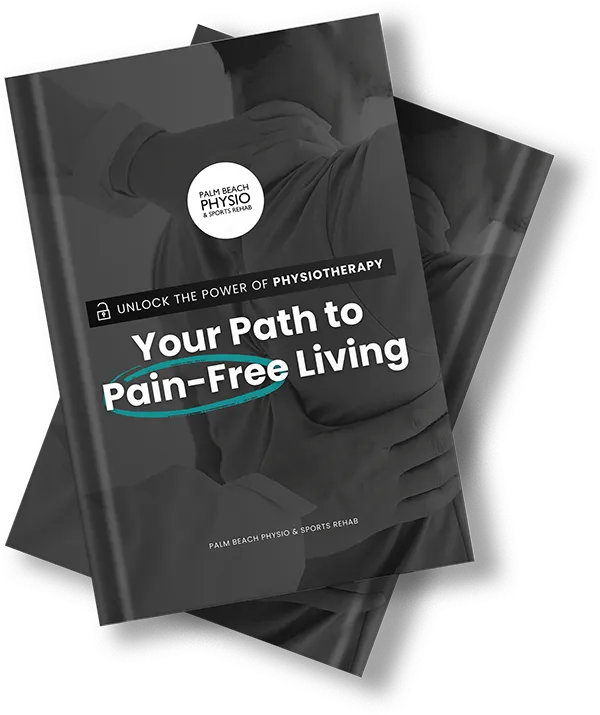
Unlock the Power of Physiotherapy
Your Path to Pain-Free Living
Discover the transformative benefits of physiotherapy and regain control over your body. Our exclusive guide, "The Ultimate Guide to Physiotherapy: Your Roadmap to Optimal Health," provides valuable insights into the fundamentals, techniques, and success stories of physiotherapy. Sign up now to embark on a journey towards a pain-free, active lifestyle.
Palm Beach Physio and Sports Rehab
What OurPatients Say
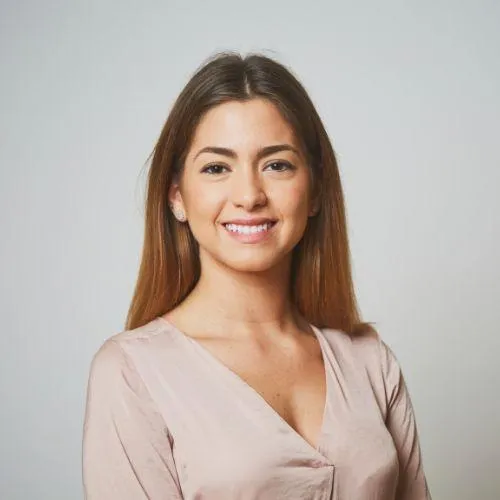
I was plagued by chronic back pain for years, making it difficult to enjoy even the simplest activities. Thanks to the incredible physiotherapy services, I finally found relief. Their skilled physiotherapist not only helped alleviate my pain but also taught me exercises and techniques to strengthen my core and improve my posture.
Sarah M.


After undergoing knee surgery, I was unsure if I would ever regain full mobility. That's when I discovered the transformative power of physiotherapy. The dedicated team of physiotherapists designed a personalized rehabilitation program that included a combination of exercises, manual therapy, and advanced techniques.
John W.


As an athlete, I constantly push my body to the limits. Unfortunately, this often leads to injuries and setbacks. However, with the help of the outstanding physiotherapy services, I've been able to bounce back stronger than ever. Their sports-focused approach, including targeted exercises, injury prevention strategies, and performance...
Emily R.

Location
9/1 Fielding Street, Currumbin
Conveniently located in the heart of Currumbin, next to Currumbin Medical Centre and just over the Thrower Drive bridge
